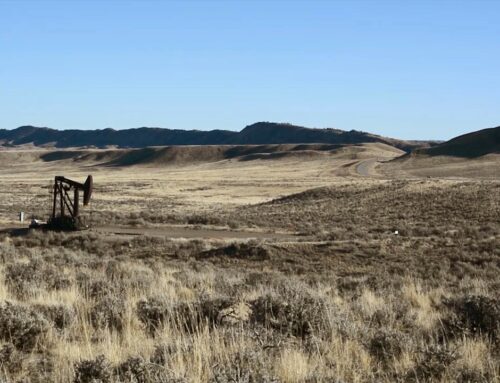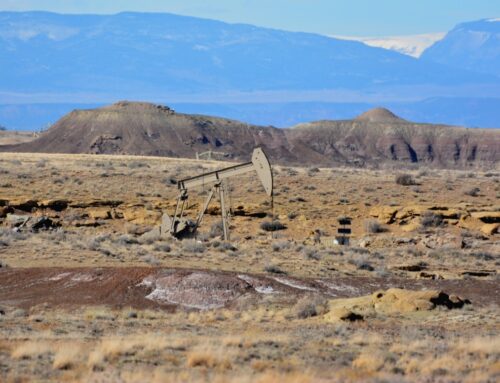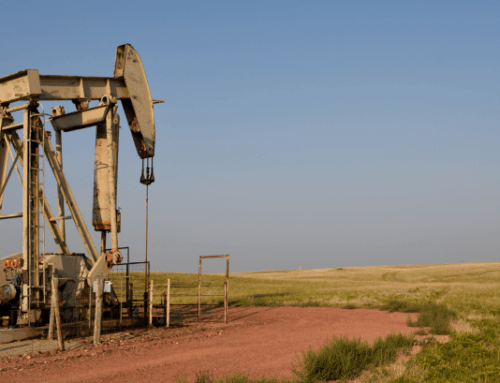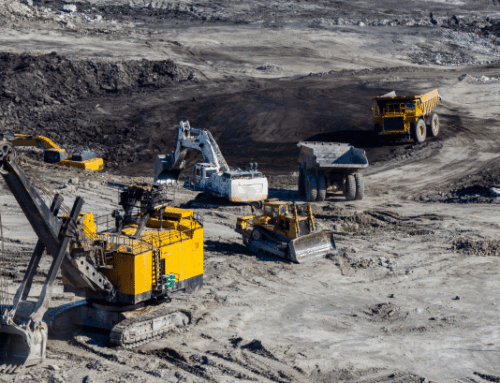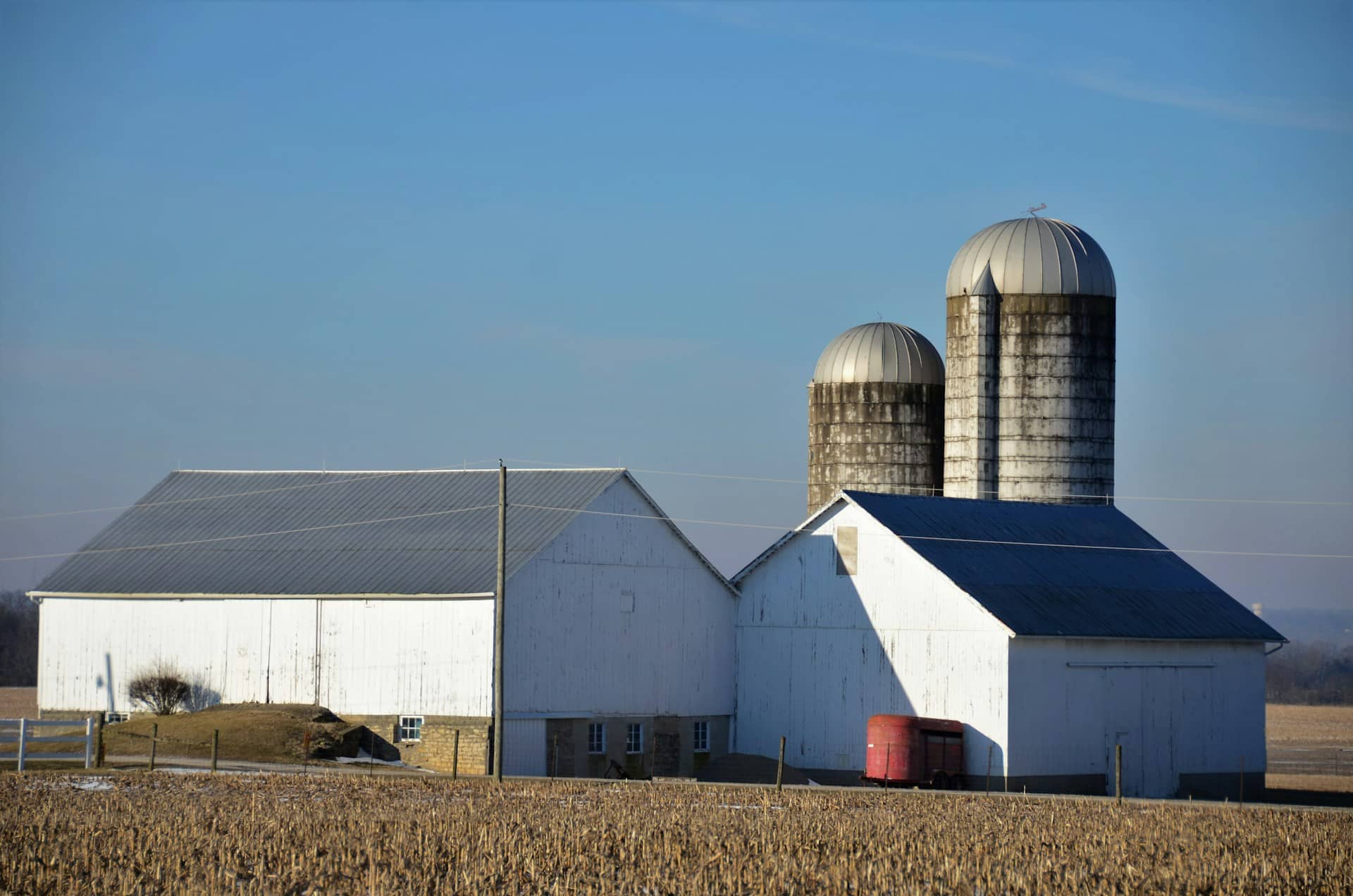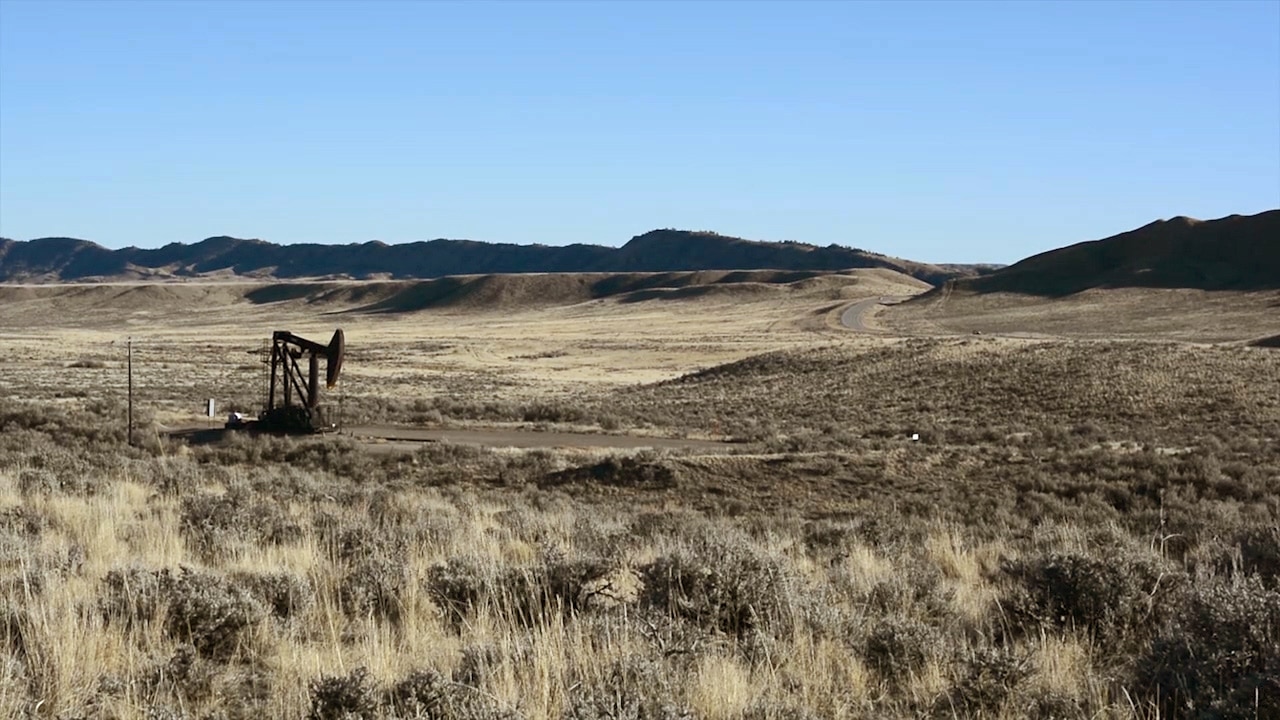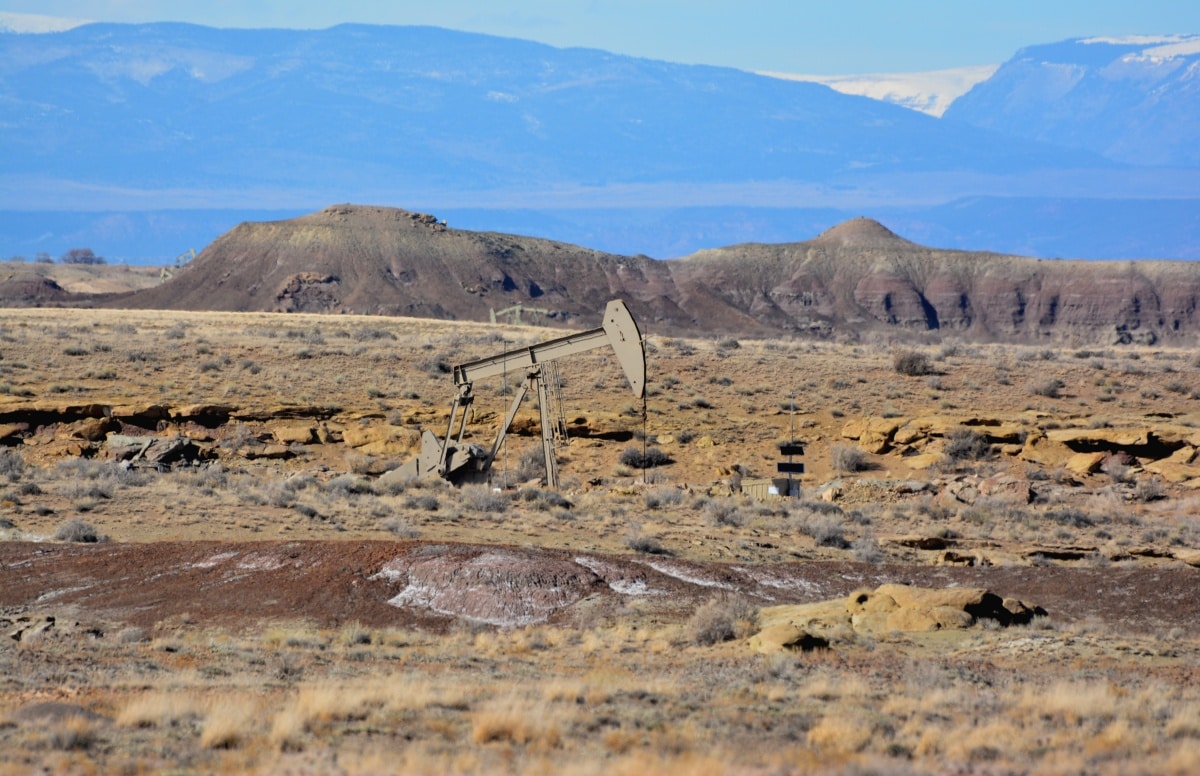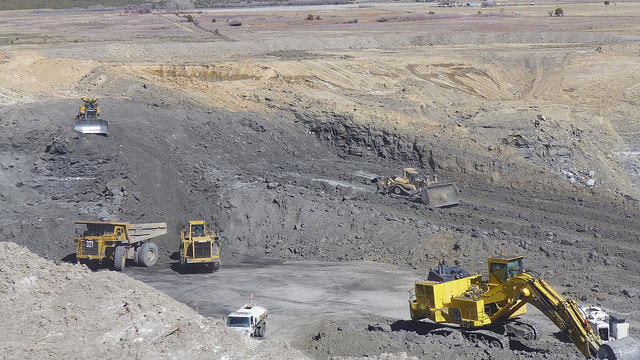 |
| Photo credit: slashvee via flickr |
I'm writing this week from Casper, Wyoming, where I spent the day at a public hearing on the Bureau of Land Management's scoping process for the review of the federal coal program announced in January. The hearing was a day-long public forum where interested citizens and elected leaders could tell Bureau of Land Management officials what factors they should consider when conducting the first comprehensive review of the federal coal program in 30 years. I was there because ensuring a fair return for taxpayer-owned natural resources and other assets, including hard rock minerals, oil, gas, coal, wind and solar, has been one of our guiding principles since my organization, Taxpayers for Common Sense, was founded 20 years ago.
To provide some context, about 40 percent of the nation's coal came from federal land, most of it in Powder River Basin in Montana and Wyoming. Not only have market conditions, infrastructure development and scientific understanding changed considerably since the last review, but recent reports by the Government Accountability Office and the Department of the Interior's Office of Inspector General have questioned whether taxpayers are receiving fair market value from the sale of coal. It's not hard to understand why.
The Federal Coal Leasing Amendments Act of 1976 requires that federal lands available for coal leasing be sold by competitive bid, with the Bureau of Land Management receiving “fair market value” for the lease. But the system today does not match the vision set forth by Congress. The current structure lacks transparency and competition, making it difficult to assess the fair market value of federal leases. The public has no idea how much their coal is worth or how much it might be losing. This is because of the way the system is being gamed by coal companies that sell to their subsidiaries to reduce their royalty payments.
 I also have concerns about the federal coal program in light of the projected growth of exports to foreign markets and how that is being incorporated into the valuation of federal coal, as well as taxpayers being stuck with the bill to clean up abandoned mines because coal companies are going bankrupt and lack sufficient insurance.
I also have concerns about the federal coal program in light of the projected growth of exports to foreign markets and how that is being incorporated into the valuation of federal coal, as well as taxpayers being stuck with the bill to clean up abandoned mines because coal companies are going bankrupt and lack sufficient insurance.
So I was pleased to hear that the Bureau of Land Management would hold off on issuing new coal leases while they conduct a comprehensive review of the program. I think this step makes sense and is well-timed because demand for coal is down, and there is almost 8 billion tons of recoverable reserves of federal coal already under lease, enough to continue production at current levels for 20 years, averaged across all leases.
But mine were not the only views heard at the public hearing in Casper. Coal miners and employees of the coal industry spoke movingly about their fears of losing jobs and the importance of the industry in the community – something particularly true in Wyoming, where more than 85 percent of federal coal is located. These miners and their families fear that any change to current practice will only make their lives worse. Sport fisherman from the coast of Oregon spoke about their experience with the impact of coal trains on fish populations – and in turn their livelihoods. The fisherman fear that failure to immediately reduce the impacts of coal extraction and slow the pace of climate change will make their lives worse.
The Bureau of Land Management can't address all these fears. But it can conduct a thoughtful review of this flawed program and protect all taxpayers. As recent inspector general and Government Accountability Office reports have documented, even undervaluation by a single penny per ton would result in a multimillion dollar revenue loss. Undervaluation and problems with the coal program have already cost taxpayers billions of dollars.
Coal will remain a part of our energy mix for decades to come. The coal industry and the federal coal program can emerge from this review better prepared to meet today's energy market. With a $19 trillion debt, we cannot afford to wait any longer to fix this broken system that shortchanges the taxpayers.

